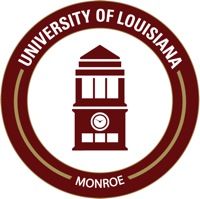Below is a summary of the abstract you submitted. Presenting author(s) is shown in bold.
If any changes need to be made, you can modify the abstract or change the authors.
You can also download a .docx version of this abstract.
If there are any problems, please email Dan at dar78@pitt.edu and he'll take care of them!
This abstract was last modified on May 5, 2017 at 12:43 p.m..

We have successfully isolated an additional seven phage that infect the Rhodococcus erythropolis host. Bonanza represents another CA cluster member and is most closely related to the previously-sequenced Rhodococcus phage Yogi. Bonanza has 46,932 bp, 70 open reading frames, three tRNAs, and a GC content of 58.8%. As in other CA cluster phage, Bonanza shows a very high-degree of sequence homology with other members of this cluster and its ORFs represent Phams that are both exclusive to the CA Rhodococcus phage as well as Phams that are shared with A subcluster Mycobacterium smegmatis phage. We provide a functional annotation of the Bonanza genome and a comparative analysis of its relationship to other CA cluster members. Additionally, we have employed the SplitsTree, Gepard DotPlot, and Phamerator visualization tools to explore the relatedness amongst all currently-sequenced CA, CB, and Singleton phage that infect Rhodococcus erythropolis. These groups represent clusters that exhibit a widely varying degree of sequence homology – highly-conserved CA cluster, moderately-conserved CB cluster, and highly-divergent Singletons. Such analyses provide insight not only into the relationship between the Rhodococcus erythropolis phage but can point to extended comparisons between other Actinobacter phage group isolates.


